Optimal Timing for Concrete Repairs

Spring offers moderate temperatures ideal for concrete work, reducing the risk of cracking due to temperature fluctuations.

Summer provides warm weather, but high temperatures can cause rapid drying. Proper timing and hydration are essential.
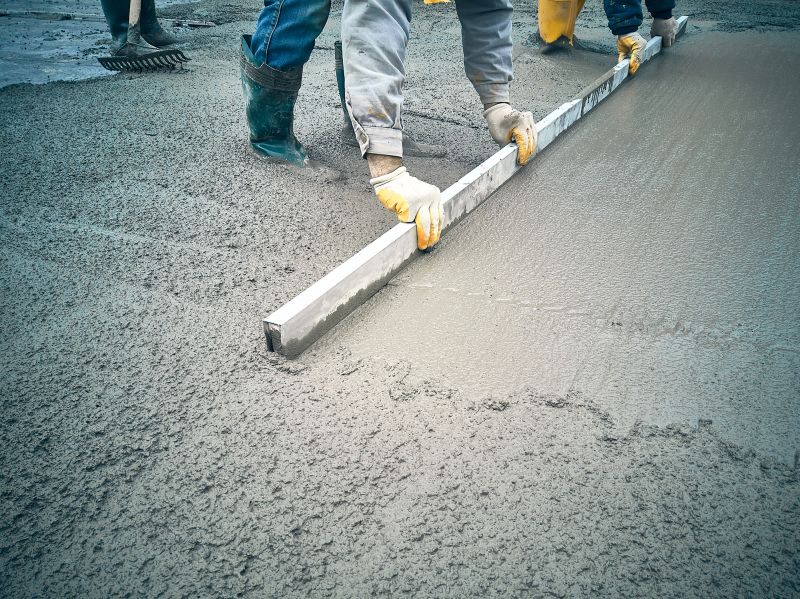
Fall's cooler temperatures and lower humidity create optimal conditions for durable concrete repairs.
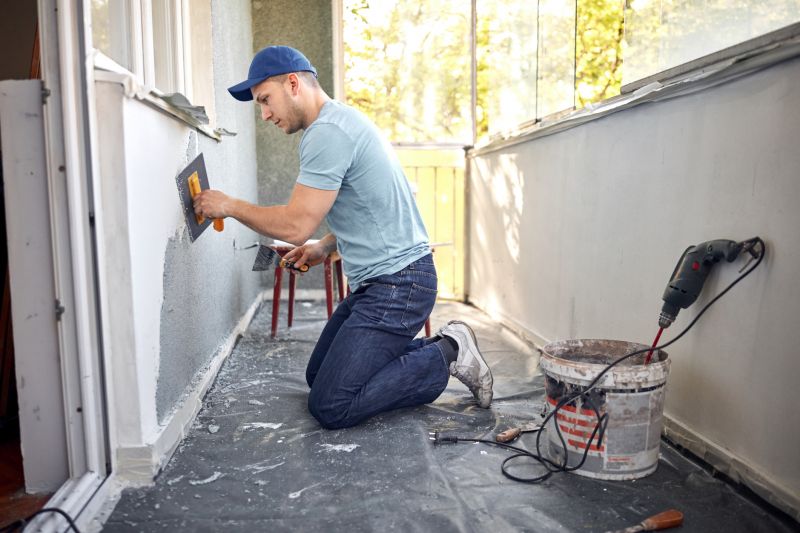
Ways to make Concrete Repairs work in tight or awkward layouts.
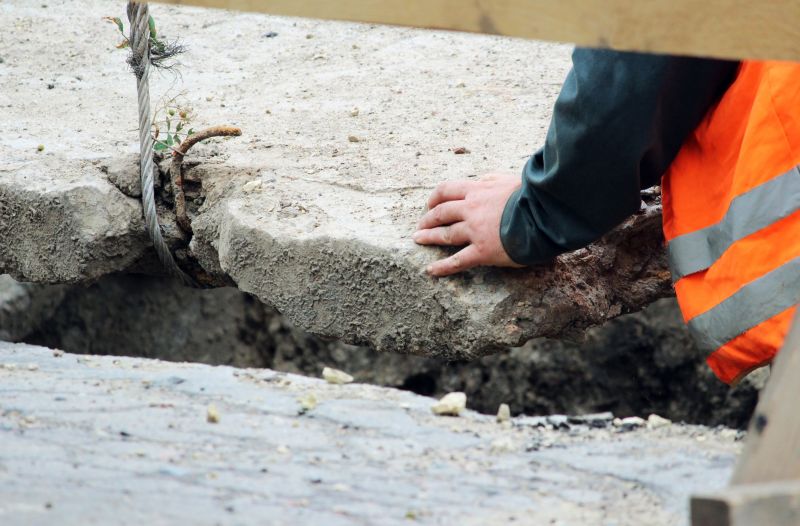
Popular materials for Concrete Repairs and why they hold up over time.
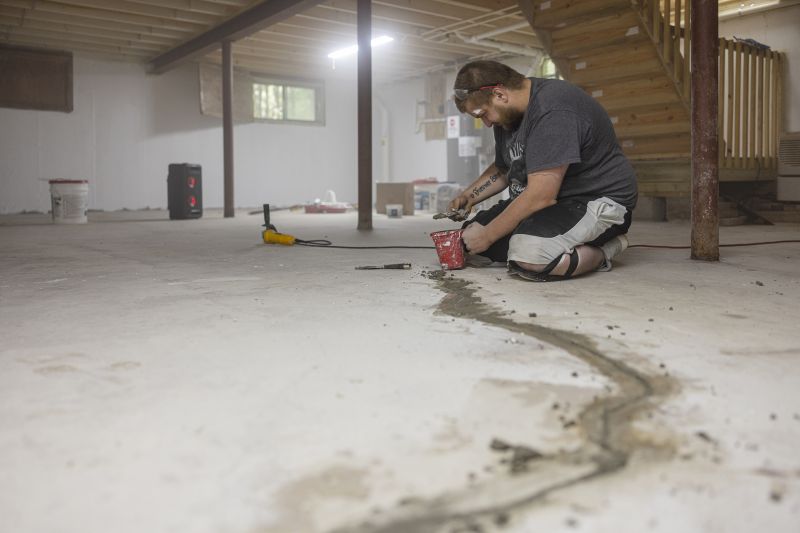
Simple add-ons that improve Concrete Repairs without blowing the budget.

High-end options that actually feel worth it for Concrete Repairs.
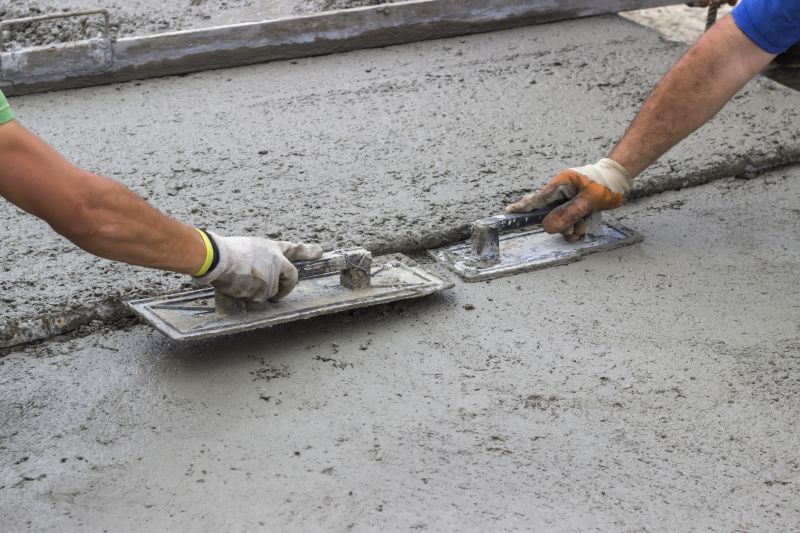
Finishes and colors that play nicely with Concrete Repairs.
Concrete repairs are essential for maintaining the structural integrity and appearance of surfaces such as driveways, sidewalks, and foundations. The timing of repairs can significantly influence their longevity and effectiveness. Properly scheduled repairs ensure that concrete sets correctly and minimizes the risk of future damage.
Scheduling repairs during suitable weather conditions helps prevent cracking, scaling, and other issues caused by environmental stress.
Ideal temperatures for concrete repairs typically range from 50°F to 85°F, with low humidity levels supporting proper curing.
Rain, extreme heat, or freezing temperatures can delay or compromise concrete repair projects.
Timing repairs correctly enhances durability, reduces maintenance costs, and extends the lifespan of concrete structures.
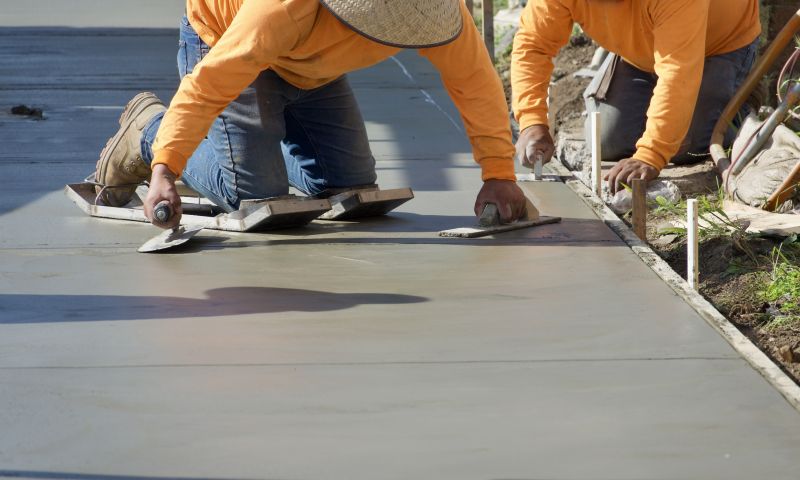
Preparation and proper timing are key to successful concrete repairs.
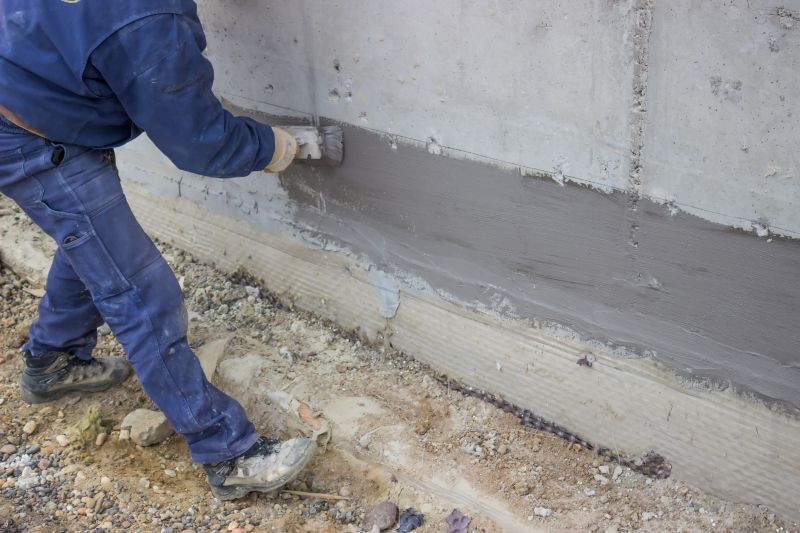
Timely crack filling prevents water infiltration and further deterioration.

Resurfacing during optimal weather extends the lifespan of concrete surfaces.
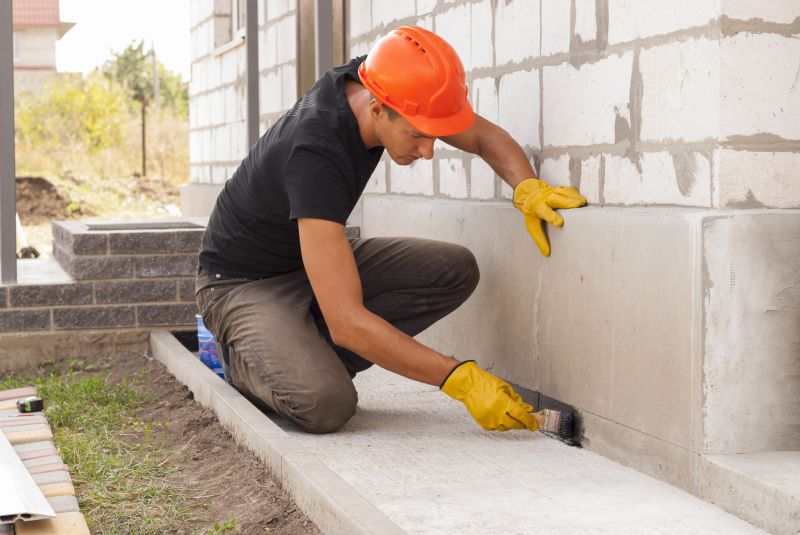
Foundation repairs require careful scheduling to avoid weather-related delays.
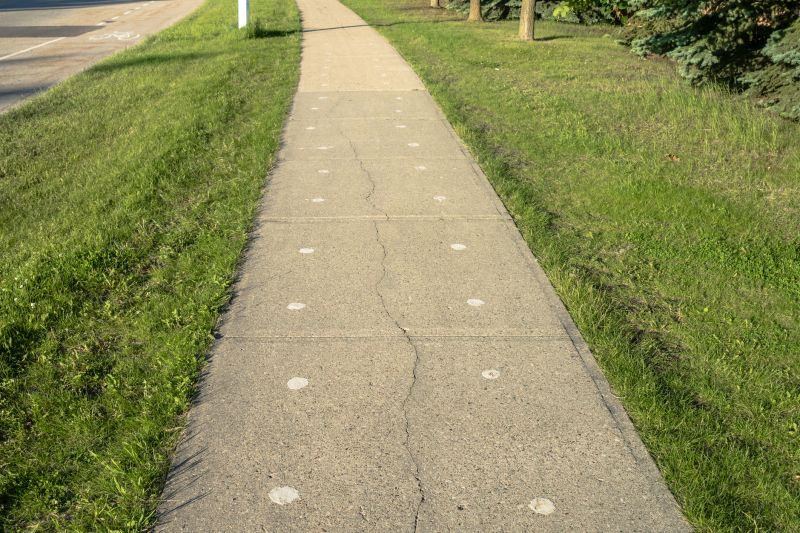
Proper timing ensures even curing and reduces future cracking.

Spring and fall are preferred seasons for driveway repairs.

Warm, dry conditions support effective repair work.

Scheduling during off-peak seasons minimizes disruption.
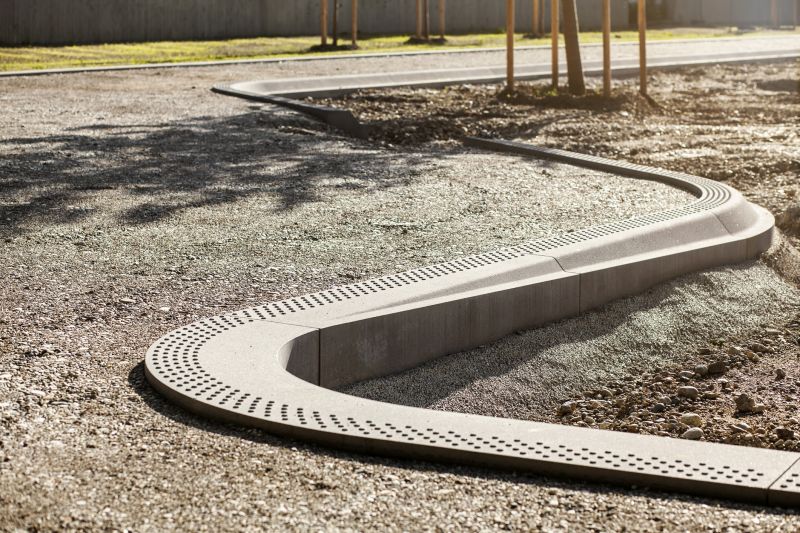
Timing repairs to avoid busy periods improves project outcomes.
| Ideal Repair Conditions | Description |
|---|---|
| Temperature Range | Between 50°F and 85°F for optimal curing. |
| Humidity Levels | Low to moderate humidity prevents rapid drying or freezing. |
| Precipitation | No rain or snow during application and curing. |
| Wind Conditions | Moderate wind speeds to prevent rapid moisture loss. |
| Sun Exposure | Moderate sun helps with curing but avoid direct, intense sunlight. |
| Season | Spring and fall are generally most suitable. |
| Time of Day | Early morning or late afternoon to avoid extreme heat. |
| Forecast Stability | Consistent weather conditions for at least 48 hours. |
Choosing the right time for concrete repairs is crucial for ensuring long-lasting results. Weather conditions such as temperature, humidity, and precipitation directly impact the curing process and the integrity of the repair. By scheduling repairs during favorable seasons like spring and fall, it is possible to achieve better adhesion, reduce cracking, and extend the lifespan of the concrete surface.
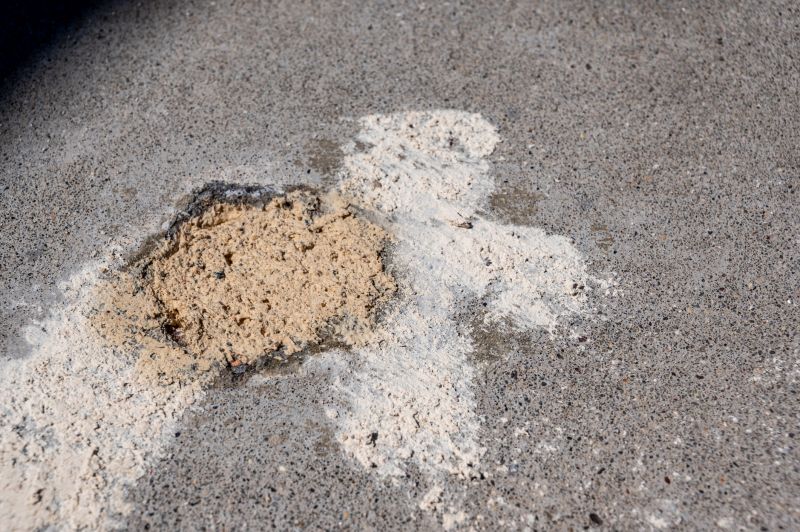
Concrete repairs during spring benefit from moderate temperatures and low precipitation.
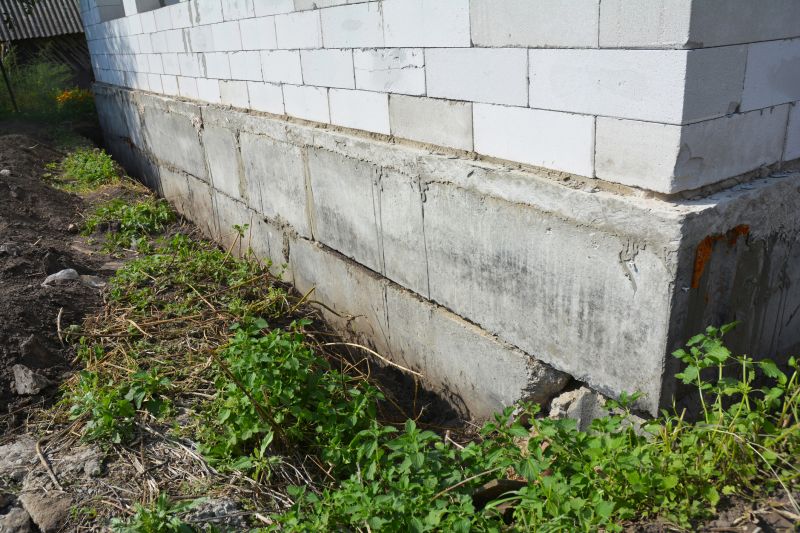
Fall offers stable weather conditions ideal for durable repairs.
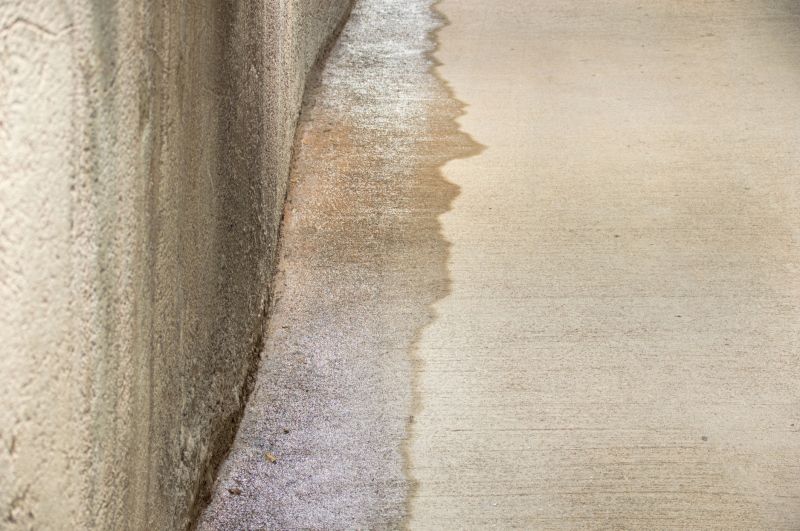
Adequate hydration during warm months ensures strong repairs.

Timing repairs around weather patterns enhances longevity.

Little measurements that prevent headaches on Concrete Repairs day.

A 60-second routine that keeps Concrete Repairs looking new.
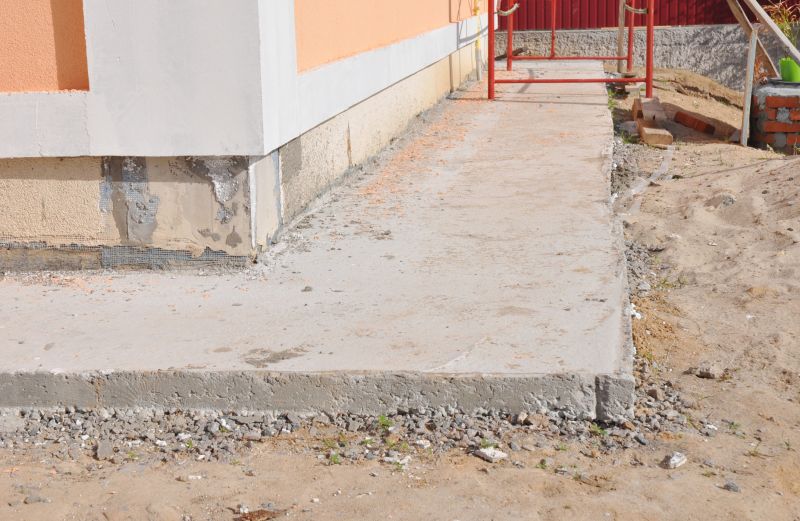
A frequent mistake in Concrete Repairs and how to dodge it.
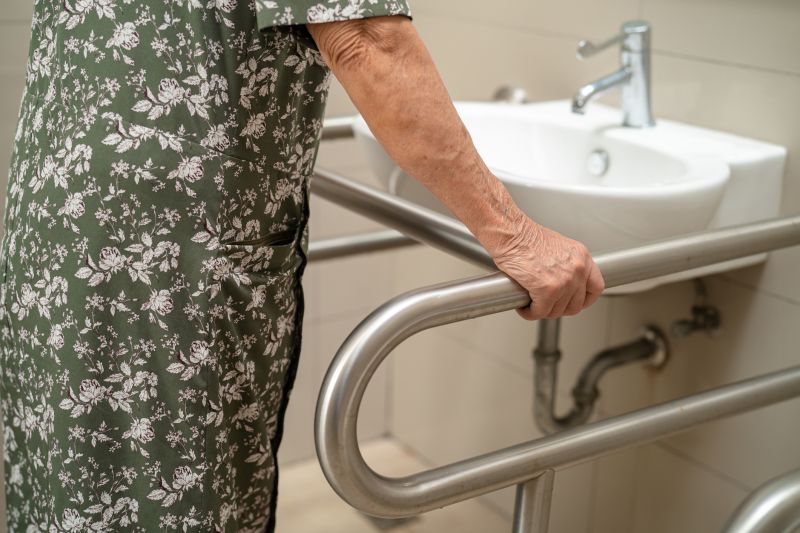
Small tweaks to make Concrete Repairs safer and easier to use.
Interested in concrete repairs? Filling out the contact form can provide more information and help plan repairs at the most suitable time for durability and performance.

